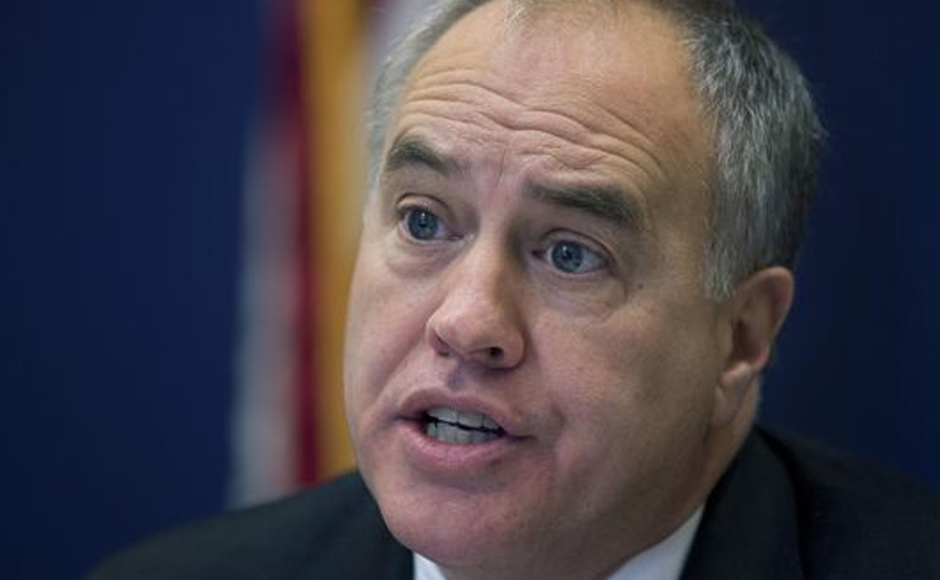It’s time to start tallying up the billions that major institutional investors are betting on the low-carbon economy.
New York State’s $183.5 billion Common Retirement Fund will double its $1.5 billion sustainable investment program and commit $2 billion to a new index “that will exclude or reduce investments in companies that are large contributors to carbon emissions like the coal mining industry, and increase the Fund’s investments in companies that are lower emitters.” The two moves bring the pension fund’s total commitment to sustainable investments to more than $5 billion.
The University of California’s endowment office this week pledged $1.25 billion over five years to the Breakthrough Energy Coalition, the collection of billionaires who are pledging to back up any agreement at the COP21 climate talks in Paris agreement with investment dollars. (See, “The $1 Trillion Challenge: Can Clean Energy Investors Fulfill Global Climate Deal?“)
New York State Comptroller Thomas P. DiNapoli, in Paris for the climate talks, called New York’s new index “a sensible solution that will protect the Fund’s investments. It’s an approach to low-carbon investment that we can expand across all asset classes.”
The fund’s Chief Investment Officer Vicki Fuller added, “We are sending the message that our investment dollars will follow businesses with strong environmental practices.”
That message will be carefully parsed by other pension funds as they plot their response to climate change and the new policy regimes under discussion in Paris. (See, “Equilibrium’s Dave Chen: Pension Funds Tipping Toward Sustainable Investments.”)
New York State’s pension fund strategy grows out of a scan of risks and opportunities by Mercer LLC. One of the scenarios in “Investing in a Time of Climate Change,” is Transformation, in which stringent and ambitious climate change policies seek to keep global temperatures under the widely used metric of a 2-degree Celsius rise by 2100.
Significantly, Mercer found that strategy was most negative for New York’s portfolio and could result in a $12 billion loss by 2025. That exposure is chiefly because nearly 60 percent of the funds current allocations favor developed markets, which Mercer says will “suffer most in the event of swift/strong policy action.”
 The Mercer report urged the fund to have deeper discussions with its active equity managers “appreciate and address New York State Common Retirement Fund’s own view of short-term climate policy risk.”
The Mercer report urged the fund to have deeper discussions with its active equity managers “appreciate and address New York State Common Retirement Fund’s own view of short-term climate policy risk.”
The new index, like most of rest of the growing number of low-carbon indexes, emphasizes risk-reduction rather than long-term opportunities in the clean energy transition (see, “Climate Exposure: Reading the Signals for Investment Risks and Returns“). But that may change as the market develops. “Additional funds can be added to the index as performance warrants,” the fund said in its statement. The pension fund said the $1.5 billion already allocated to its sustainable investing program is allocated across asset classes, “from a wind farm in New York state to alternative energy production across the globe.”
New York’s index, to be internally managed, was created in partnership with Goldman Sachs Asset Management (GSAM) and will track “passive investments in U.S. companies with returns that match broad market performance.” Hugh Lawson, Goldman’s head of head of ESG (for environmental, social and governance) and impact investing said the index will be based on emissions data reported to the CDP (Carbon Disclosure Project) and “reduce the emissions profile within the index by up to 70 percent.”
The statement from the fund included an endorsement from Ceres’ Mindy Lubber, director of the Investor Network on Climate Risk, which includes 115 institutional investors with more than $13 trillion in assets, who said a shift on the scale of New York’s is “still only the tip of the iceberg of what all institutional investors need to be doing.”
“Tackling climate change requires a colossal shift in investment capital flows toward clean energy and away from high polluting fossil fuel energy,” Lubber said.
[seperator style=”style1″]Disclosure[/seperator]
Photo: (AP) New York State Comptroller Thomas P. DiNapoli











